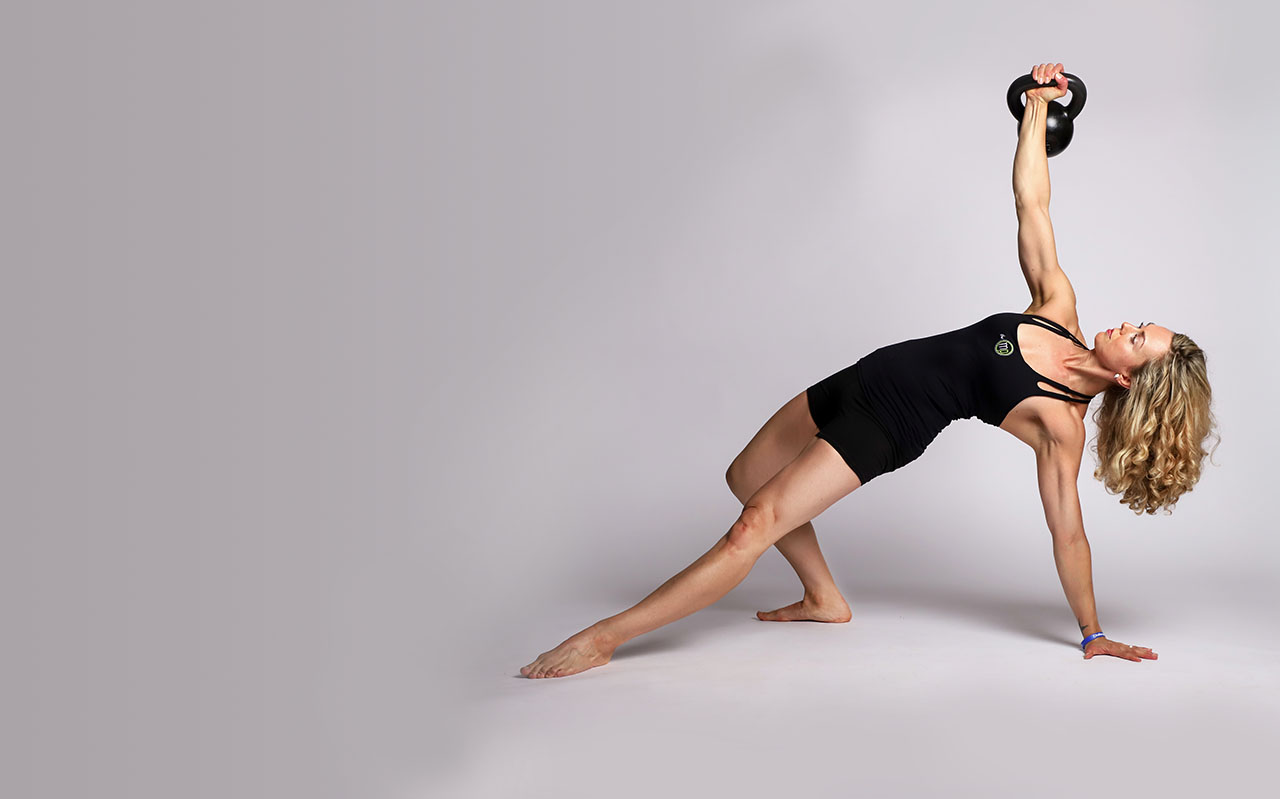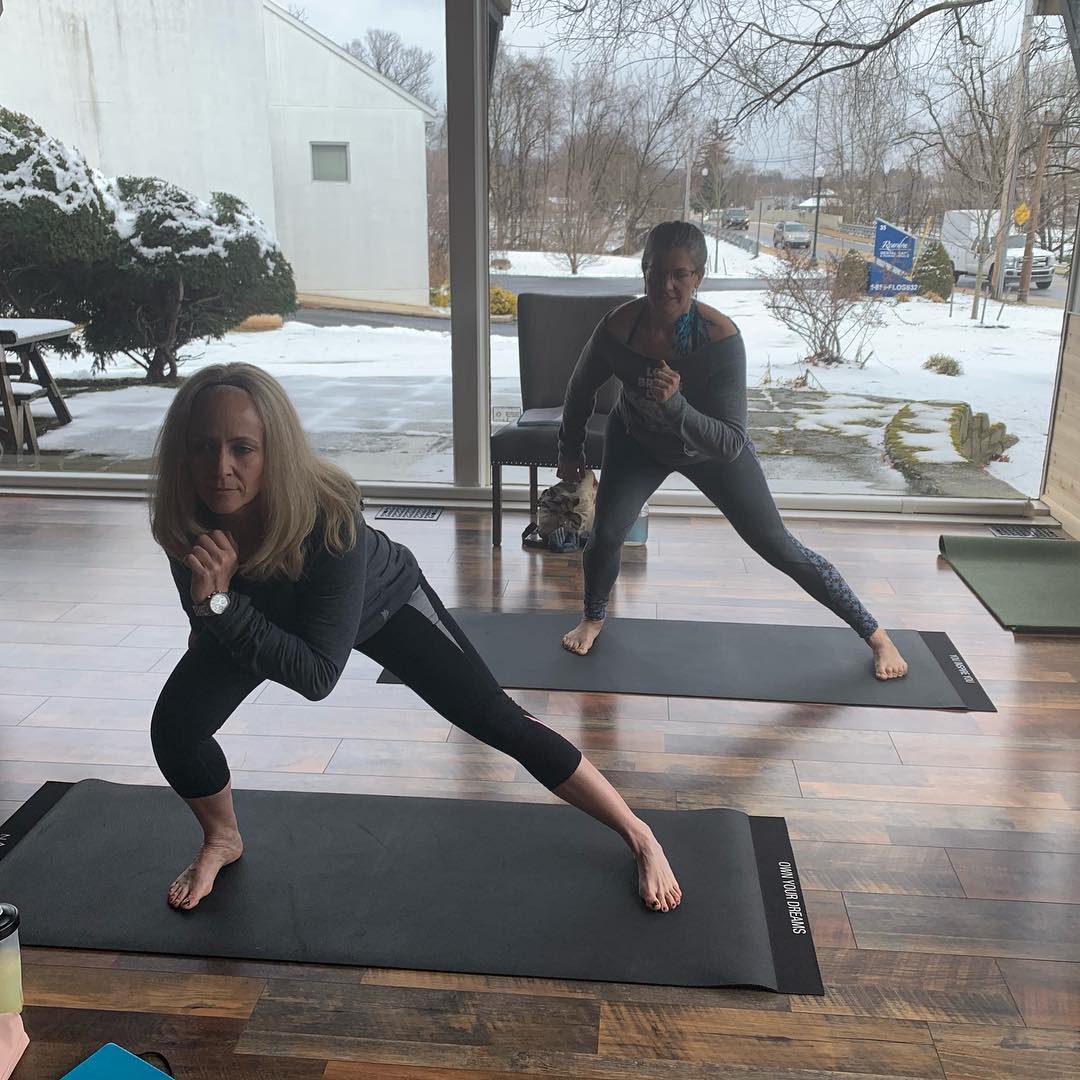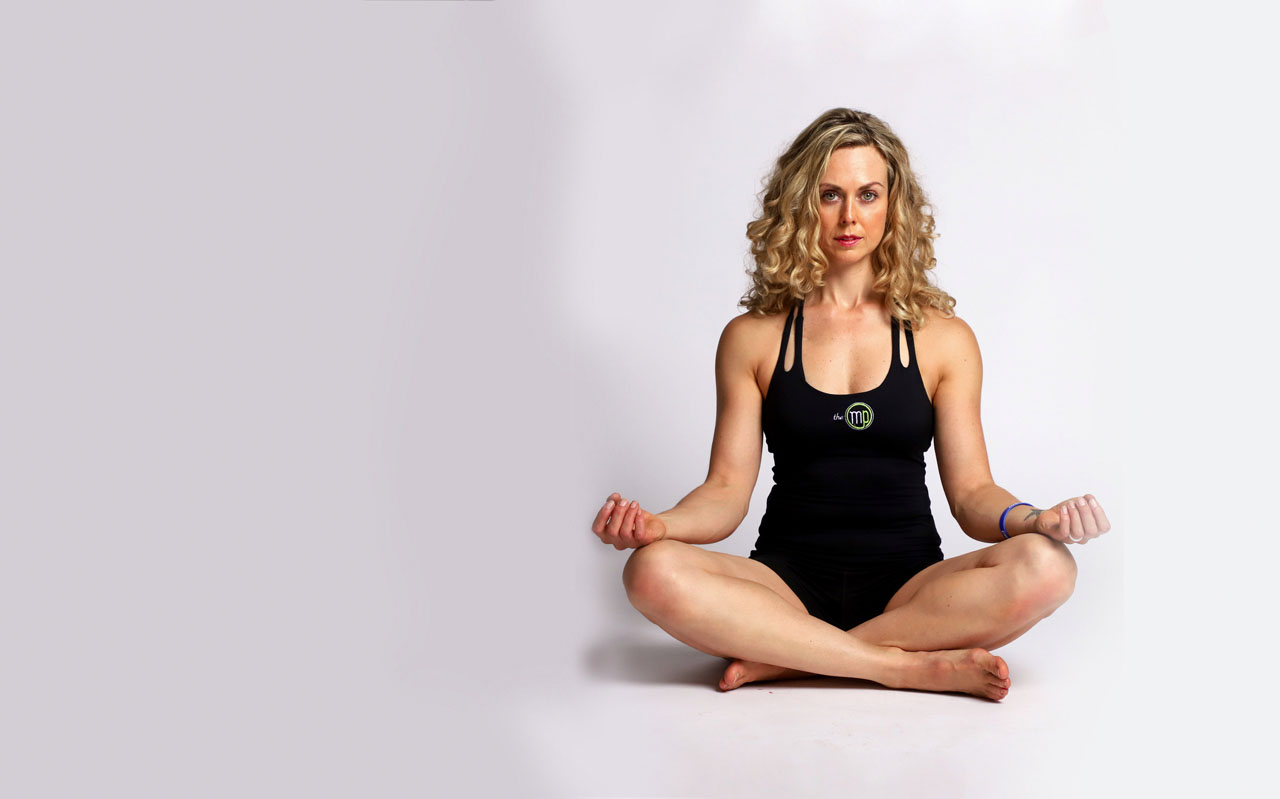Who’s excited for the New Year? You may be thinking “new year, new me,” so you want to either start an exercise program or step up your game. I am here today to help you with that! This is a time when so many people get injured because they are trying to start a fitness program for the first time or they’re trying to step it up too quickly. And nearly 80 percent of New Year’s resolutions fail.
Let’s take this as an opportunity to help you think about some different aspects of fitness, so you can prevent injury and get the most out of your fitness and your health this year.
Know your baseline
The first and most important thing is knowing your baseline. Are you a beginner, intermediate, or advanced fitness enthusiast? Do you have any pain or discomfort, or any potentially old injuries that you’re dealing with? What is your mobility/ stability, or functional movement, baseline? Working with a qualified professional to properly screen and know exactly what your starting point is highly recommended.
If you don’t have that opportunity, then you really want to be able to seriously reflect on your true baseline, your starting point, so that you know how to systematically progress safely from there. Once you figured that out, now we can jump into what to include in your fitness program.
Rather watch or listen than read? Click here.
1) Warm-up and prepare
This does not mean jumping on the treadmill for five minutes to get your body warmed up for your workout. It means taking the time to tune into your body. Notice what pain or tension you might have that day. Are you tired? Did you eat well that day? Really take a deep inward look to see how you are feeling that day and how that will affect your workout. Once you’ve established that, then you can think about how can you prepare yourself best for the demands of the activity that you are about to embark on.
If you are going to do strength training for example, then doing some static stretching, ie holding a stretch for 30 seconds, is not beneficial. Instead, think about how you can prepare your body for the demands of the activity. For example, instead of jumping on a treadmill and walking for five minutes, you could do lunges with a reach. This will help to activate and wake up your whole body and nervous system, so you are fully prepared for your workout.
2) The systematic progression of your activity.
For this to be successful, it is vital to have a preparation period. One to three months preparation time is recommended to prepare for it so that you can just go into it with ease. The last thing you want it to do is to create stress, ie. Inflammation, on your body. You’ll want to make sure it is the right time in your life and things are relatively calm. It is extremely challenging to eat out when you are on the Elimination Diet. Lastly, it’s often easier if you slowly work out one to three foods at a time and find replacements for them before you begin. You want to be fully prepared, which is why it is strongly recommended to work with a professional to guide and support you through the process.
How to do this for a running program
If you are just starting out with a running program, running for 30 minutes three times a week is unrealistic, especially if you haven’t done that in months or years. That will set you up for injury. When, starting a running program, or any program for that matter, you won’t put stress on your body, and then take it off, put stress on your body, and take it off, and so on. This will create an adaptation, which means you are getting your body familiar with a certain exercise or training program through repeated exposure. This will help to create fascial elasticity in our body, like a rubber band, which can really aid in preventing injury.
If you want to start a running program, make sure that you can walk for 30 minutes three times a week first without any symptoms before you progress to running in any capacity. You encounter 1-1.5 x your body weight in force with walking and almost double that with running.
When you’re symptom-free and ready to progress, you would slowly start with a walk-jog interval. You could start with one minute of walking and one minute of jogging. I would suggest starting at five minutes total, so it’s only a few minutes total running time. Once you feel comfortable with that, then you can slowly progress to 10 minutes, and then 15 minutes, and so on. This is going to take weeks to months to get you to 30 minutes of running.
On the other hand, if you’ve already been running, and you want to step it up you could follow the same protocol, but you would just have a different baseline than a beginner does. For example, if you want to go from 20 minutes to 30 minutes, then every other day you can add a few more minutes to your run assuming there are no symptoms, pain, discomfort, or injuries. You can continue to progress that way to achieve whatever goal you have.
How to do this for a strength training program
If you’re strength training for the first time, I would suggest starting at two sets of eight to 12 repetitions two times a week. Then you can slowly progress that towards three sets of 10-12 repetitions three days a week.
How to do this for a yoga program
There are a lot of different yoga classes out there, but you need to make sure that it’s a yoga class that you can do safely. For example, a Hatha yoga class may be more appropriate for a beginner as opposed to a power yoga class. It doesn’t mean that you can’t ever do that, it just means to start with something where you can learn how to control your body and coordinate your movement with your breath first before you go into something more advanced.
How to do this for a HITT training program
Please reference the video for the pros and cons of HIIT training here or read the blog post here. For the intermediate to advanced fitness enthusiast, this can be a great way for you to step up your program. Beginners have a higher injury risk because they really need to develop a basic fitness or strength baseline before they move into something more advanced like HITT training.
3) Cool-down
A cool-down is different for every person. It could be a short walk, stretching, basic breathwork, or even meditation. It can also be a great way to reflect on what happened in that session. That means reflecting on what went right and what didn’t go as well. Does your body feel energized and revitalized or does it feel kind of worn down and sore? Did you work too hard or not hard enough? Use this information as an opportunity to change your next session.
Summary
Fitness is a journey, no matter if you are a beginner, intermediate, or advanced. You are always fine-tuning, and reflecting on how to maximize what you are doing. Do you need to add yoga in because you’re doing too much strength and HITT training? Do you do too much yoga and need to add in strength and power exercises? I definitely encourage you to reach out to a professional that can help you reach your goals while staying injury-free. It is important to take ownership of your health and movement to be able to continue to stay pain-free for a lifetime.
If you are interested in feeling your best and need help, reach out to schedule an appointment to get you started on your journey.
Reach out for a 15-minute FREE discovery session to see how we can help you on your journey.
For more content, make sure to subscribe to our YouTube channel here.
Other things that may interest you:






